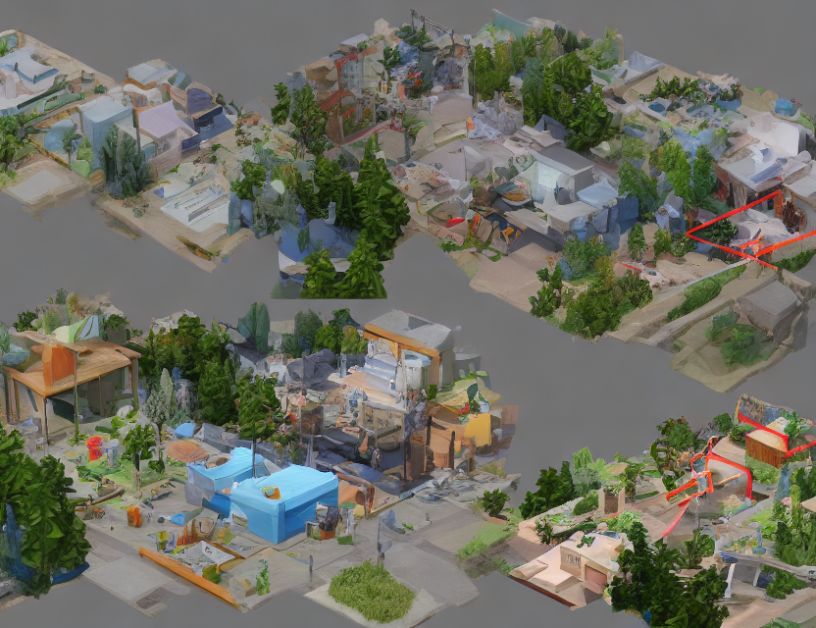In this paper, the authors propose a novel approach to object segmentation called FreeSOLO, which learns to segment objects without any annotations or supervision. The core idea is to leverage the self-supervised learning of VAEs (Variational Autoencoders) to learn an implicit representation of the objects, and then use this representation to perform segmentation.
To achieve this, FreeSOLO first trains a VAE on a large dataset of images without any annotations. The VAE learns to reconstruct the images by compressing them into a latent space, which allows it to capture the underlying structure of the data. Next, the authors use a novel technique called "text-to-image synthesis" to generate synthetic images with objects of different sizes and shapes. These synthetic images are then used to train a second VAE, which is specifically designed for object segmentation.
The second VAE is trained to predict the location of objects in the image, which allows it to learn an implicit representation of the objects. This representation can be used to perform segmentation on new images without any annotations. The authors demonstrate the effectiveness of FreeSOLO by showing that it can accurately segment objects in various scenarios, including object detection and instance segmentation.
The key insight behind FreeSOLO is that the VAE’s implicit representation of the objects can be used to perform segmentation, even when there are no annotations or supervision available. This makes it possible to train an object segmentation model without any manual effort, which could greatly reduce the cost and time required for training such models.
In summary, FreeSOLO is a novel approach to object segmentation that learns from VAEs and does not require any annotations or supervision. It can accurately segment objects in various scenarios and has the potential to significantly reduce the cost and time required for training object segmentation models.
Computer Science, Computer Vision and Pattern Recognition
Unsupervised Object Segmentation and Representations: A Comprehensive Survey



